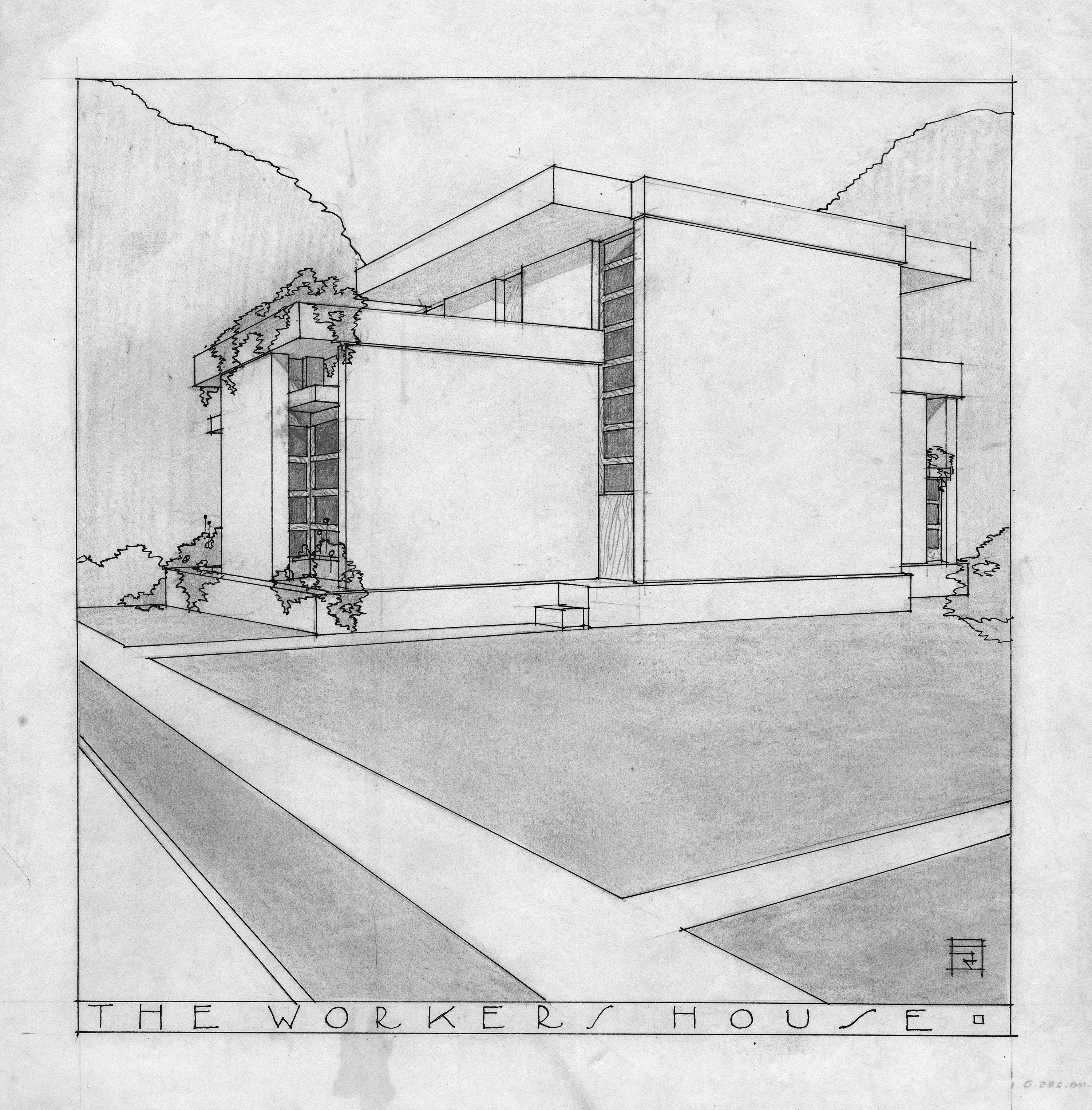




“The U.S. Movement for Mass-Produced Concrete Housing, 1900 to 1924.” Construction History 39, no. 2 (2024): 23–49.
>>> Download PDF
Thousands of concrete houses were built serially in the United States from 1900 to 1924. A small-but-powerful group of businesspeople, architects, and engineers had become convinced that concrete housing was the future. Their movement ultimately collapsed, though, and wood-framed residential construction quickly re-took the upper hand across the country. Yet this movement nonetheless generated the first large wave of mass-produced concrete housing that the world had ever seen, paving the way for the success of concrete housing in other places.
